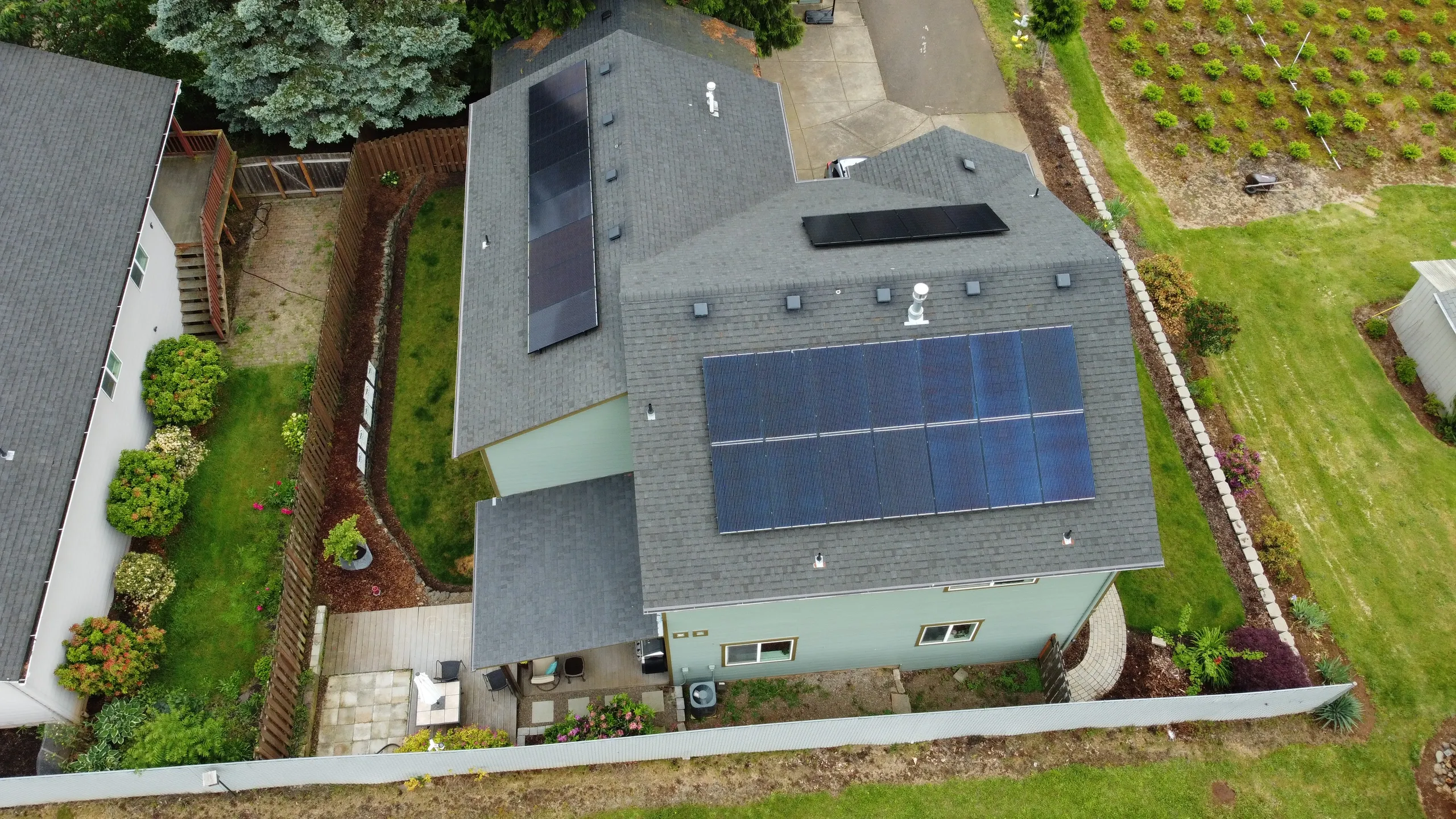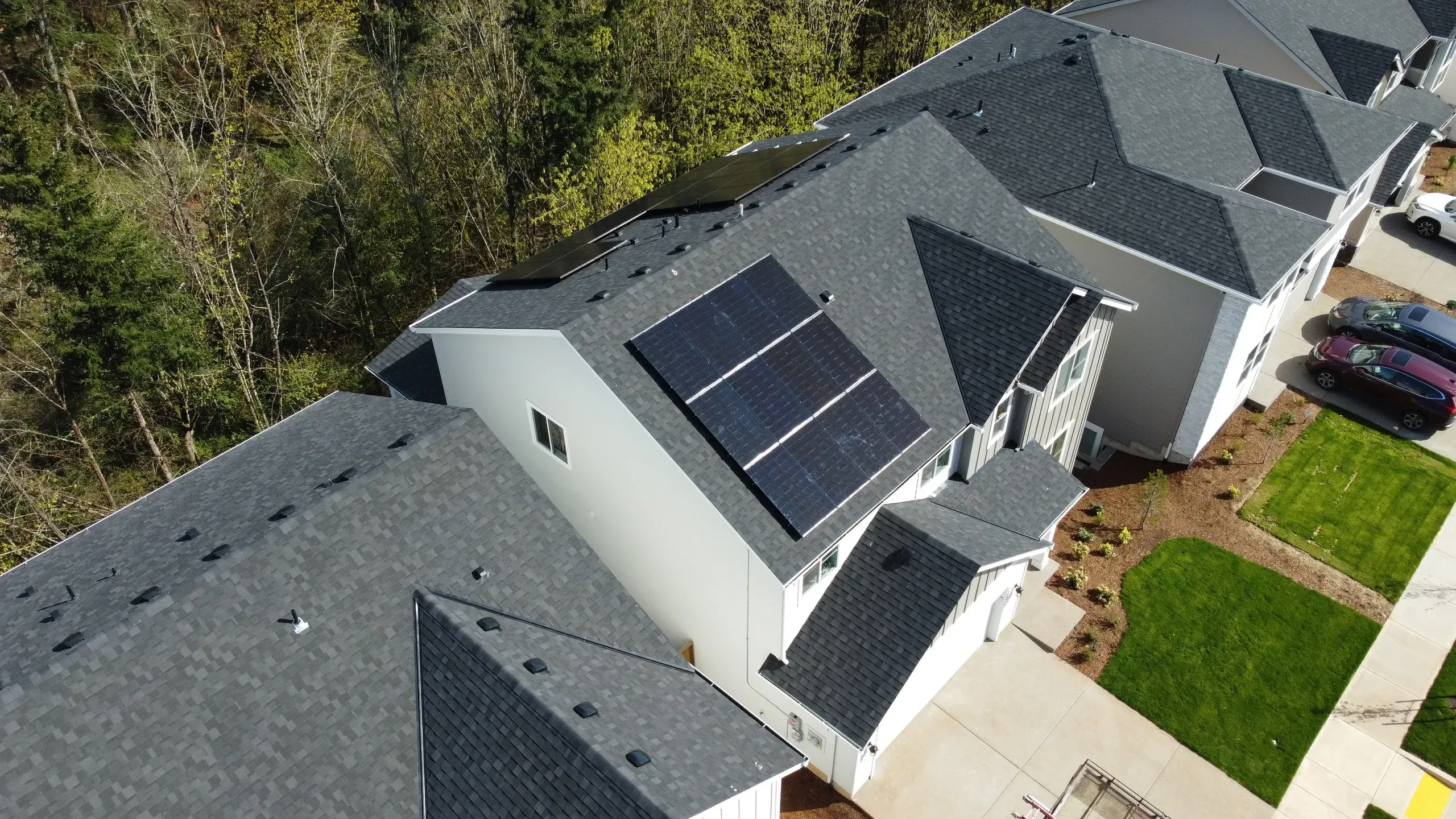Understanding Pacific Power and PGE’s Rate Hikes for 2023: A Closer Look at the Impact
Electricity is a vital resource that powers our modern world, enabling us to carry out daily activities, run businesses, and enhance our quality of life. However, the cost of generating and distributing electricity is not fixed and can fluctuate based on various factors. In 2023, Pacific Power and PGE (Portland General Electric) announced rate hikes that have raised concerns and sparked discussions about the impact on consumers and the overall economy. This blog aims to shed light on the reasons behind these rate hikes and explore their potential consequences.
Understanding Rate Hikes:
Rate hikes occur when utility companies adjust the prices they charge consumers for electricity usage. These adjustments are influenced by several factors, including the cost of fuel, infrastructure maintenance, investments in renewable energy, regulatory requirements, and more. Pacific Power and PGE, being major electricity providers in the Pacific Northwest region, are subject to these dynamics, leading them to make periodic adjustments to their rates.
Reasons Behind the Rate Hikes:
Infrastructure Investments:
One of the significant reasons for the rate hikes in 2023 is the need for infrastructure investments. As power grids age and technologies evolve, utility companies must make substantial investments to upgrade and modernize their infrastructure. These investments ensure the reliability and safety of the electrical system, but they come at a considerable cost, which ultimately gets passed on to the consumers through rate hikes.
Renewable Energy Transition:
Another factor contributing to the rate hikes is the transition towards renewable energy sources. As the world moves towards a cleaner and greener future, utility companies are increasingly investing in renewable energy projects such as wind farms and solar power plants. While these investments are crucial for reducing carbon emissions and combating climate change, they often require significant capital expenditures, which can lead to higher electricity rates.
Regulatory Compliance:
Utility companies must comply with various regulations and policies set by state and federal agencies. These regulations aim to ensure consumer safety, environmental protection, and energy efficiency. However, compliance with these standards often necessitates additional investments and expenses for the utility companies. As a result, rate hikes become necessary to cover the costs associated with regulatory compliance.
Impacts of Rate Hikes:
Consumer Affordability:
Rate hikes can impose a financial burden on consumers, especially low-income households and small businesses. Increased electricity costs may force consumers to cut back on other essential expenses or even compromise on their energy usage, potentially impacting their quality of life and economic well-being. It is crucial for utility companies and policymakers to consider the affordability aspect while implementing rate hikes, to prevent undue hardships for vulnerable communities.
Economic Competitiveness:
Higher electricity rates can also affect the competitiveness of businesses. Industries that rely heavily on electricity, such as manufacturing and technology, may face challenges due to increased operational costs. This, in turn, may discourage investment and hinder economic growth in the region. Balancing the need for sustainable energy practices with maintaining a favorable business environment is a delicate task for utility companies and policymakers.
Renewable Energy Adoption:
While rate hikes may be met with resistance, they can also be seen as a necessary step towards a more sustainable energy future. By funding infrastructure upgrades and renewable energy projects, these rate adjustments contribute to the growth of clean energy sources. In the long run, this transition can lead to reduced reliance on fossil fuels, lower greenhouse gas emissions, and a more resilient and sustainable electrical grid.
Pacific Power and PGE’s rate hikes for 2023 have sparked discussions about the reasons behind them and their potential consequences. Infrastructure investments, renewable energy transitions, and regulatory compliance are key factors driving these adjustments. While rate hikes can impose financial challenges on consumers and businesses, they also play a vital role in supporting the transition towards a cleaner and more sustainable energy system. Striking a balance between affordability, economic competitiveness, and environmental stewardship is crucial for utility companies and policymakers. By engaging in transparent communication and seeking innovative solutions, stakeholders can work together to mitigate the impacts of rate hikes and build a brighter energy future for all.
Secure your home's energy future today
Schedule a Consultation

With our help, you will decide on the appropriate system size for your home and commission solar system installation.
Get a Renewable Energy Plan

We will walk you through the permitting process for installing residential solar panels.
Secure Your Energy Future

Sunward Power technicians will install your solar panels, ensuring clean energy in your home for decades.



